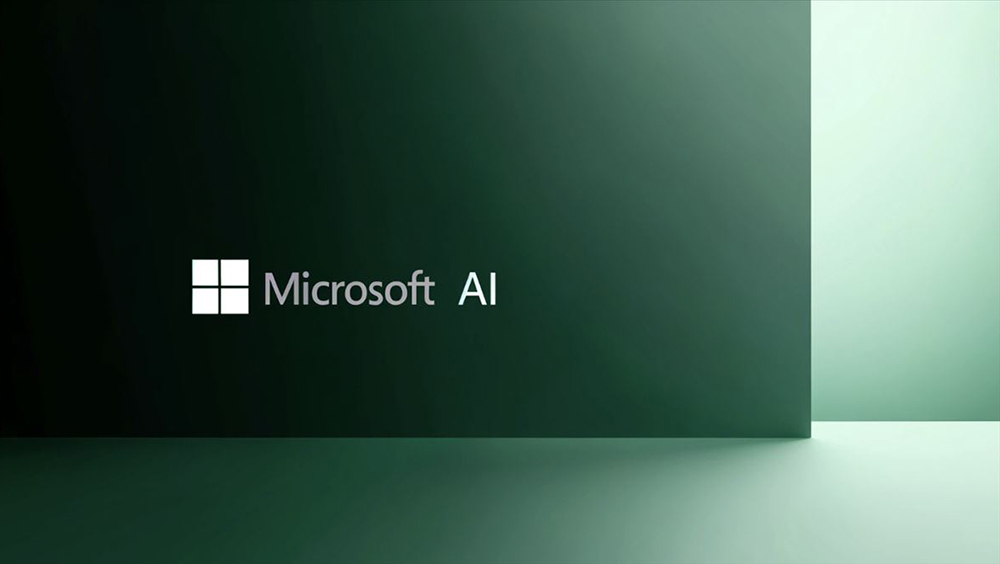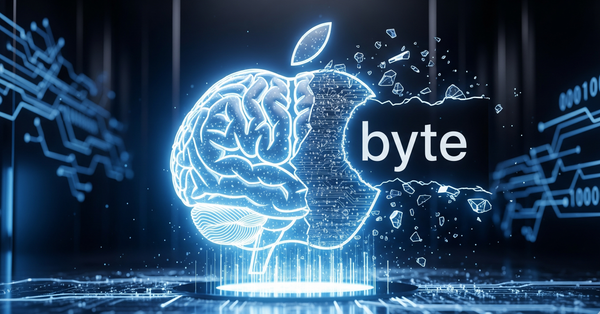Phi-3: Microsoft's Game-Changing Compact AI Model Rivals GPT-3.5
With 3.8 billion parameters, Phi-3 can run efficiently on smartphones, enabling fast, low-latency responses without requiring internet comms.

Microsoft has made a significant leap forward with the introduction of Phi-3, a new family of small language models (SLMs) that deliver remarkable performance in a compact package. The first model in this series, Phi-3 Mini, boasts an impressive 3.8 billion parameters and rivals the performance of much larger models like GPT-3.5 on various benchmarks testing language understanding, reasoning, math, and coding abilities.
The Power of Phi-3 Mini
Despite its small size, Phi-3 Mini has demonstrated its ability to compete with industry giants like GPT-3.5. This breakthrough in performance is attributed to Microsoft's innovative approach to training the model. Instead of relying solely on vast amounts of web data, the Phi-3 training dataset uses heavily filtered web data and synthetic data generated by larger models to teach reasoning skills. This unique training methodology has resulted in a model that punches well above its weight.
Compact Size, Big Advantages
One of the most significant advantages of Phi-3 Mini's compact size is its suitability for resource-constrained environments. With just 3.8 billion parameters, the model can run efficiently on devices like smartphones, enabling fast, low-latency responses without requiring an internet connection. This opens up a world of possibilities for businesses and developers looking to incorporate AI into applications where a massive cloud-based model would be impractical.

Curriculum-Inspired Training
Microsoft's approach to training Phi-3 Mini draws inspiration from how children learn from simple books. The development team employed a larger model to generate synthetic children's book data, which was then used to train Phi-3. This unique "curriculum" has proven to be highly effective in creating a compact yet capable AI model.
Availability and Future Plans
Phi-3 Mini is now available on Microsoft's Azure platform, Hugging Face, and the Ollama framework for local deployment. This widespread availability ensures that developers and businesses can easily access and integrate the model into their applications.
Looking ahead, Microsoft plans to release two larger Phi-3 models: Phi-3 Small with 7B parameters and Phi-3 Medium with 14B parameters. These additions to the Phi-3 family will provide users with more options to balance cost and quality, depending on their specific needs.
The Significance of Phi-3
The introduction of Phi-3 represents a significant milestone in the field of artificial intelligence. By demonstrating the potential for small language models to deliver high-quality results, Microsoft has opened the door to a new era of AI accessibility and efficiency.

Unlocking New Possibilities
The compact nature of Phi-3 Mini, combined with its impressive performance, unlocks a wide range of possibilities for businesses and developers. From enhancing virtual assistants and chatbots to improving text analysis and content generation, the applications of this powerful yet efficient model are virtually limitless.
Democratizing AI
One of the most exciting aspects of Phi-3 is its potential to democratize AI. By making highly capable AI models accessible to a broader audience, Microsoft is empowering more businesses and developers to harness the power of artificial intelligence. This increased accessibility could lead to a surge in innovation across various industries, as companies of all sizes begin to integrate AI into their products and services.
Paving the Way for Future Advancements
The success of Phi-3 Mini serves as a proof of concept for the potential of small language models. As Microsoft continues to refine its training methodologies and release larger models in the Phi-3 family, we can expect to see even more impressive results in the future. This groundbreaking work paves the way for further advancements in AI efficiency and accessibility, promising a future where powerful AI tools are within reach for a growing number of users.

Conclusion: New Era Of Accessibility
Microsoft's introduction of Phi-3 marks a significant step forward in the world of artificial intelligence. By delivering impressive performance in a compact package, Phi-3 Mini challenges the notion that bigger is always better when it comes to AI models. The innovative training methodology behind Phi-3, combined with its widespread availability, sets the stage for a new era of AI accessibility and efficiency.
As businesses and developers begin to explore the potential of Phi-3, we can expect to see a wave of innovation across various industries. From enhancing existing applications to creating entirely new AI-powered solutions, the possibilities are endless. With the planned release of larger Phi-3 models, Microsoft is demonstrating its commitment to providing users with a range of options to suit their specific needs.
In the end, the introduction of Phi-3 is not just about a single model or family of models; it's about the future of artificial intelligence. By pushing the boundaries of what's possible with small language models, Microsoft is paving the way for a future where powerful AI tools are accessible to a broader audience, democratizing the field and unlocking new opportunities for innovation and growth.




